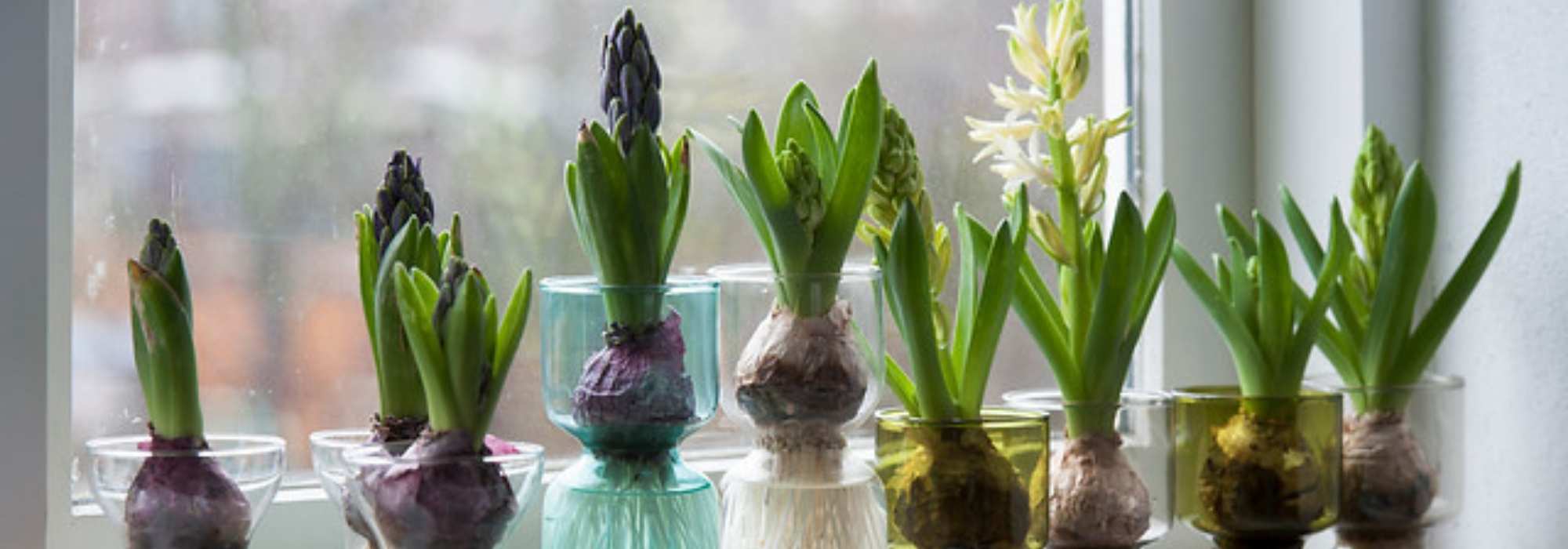
How to force a hyacinth in a bulb vase? - tutorial
Our tips to grow them indoors in a decorative way
Summary
You can bring forward the flowering of hyacinths by several months and enjoy their wonderful scent at Christmas by forcing them in a pretty carafe! This time-honoured cultivation method for early flowering of hyacinths is a magical way to watch them develop, kept cosy and warm at home, and to use them for floral decoration during the festive season… especially as they then have a slightly vintage, very on-trend look!
Follow our step-by-step tutorial, which explains how to easily force hyacinths… and thus obtain superb white, blue or pink flower spikes to fill your home with scent and brighten your winter!

Forcing bulbs in a vase: what is it?
Forcing a plant, whatever it is, is the technique that encourages it to flower well before the season, thus shortening time between planting and flowering by artificially reproducing its growing conditions out of season. Hyacinths naturally flower outdoors in spring, after a period of cold. To hasten flowering by several months, from October they are subjected to a short treatment that combines chilling and activation of root shoots thanks to the humidity released by the forcing vase.
Growing hyacinths in a forcing vase actually dates back to the 17th century, at a time when bulbs, notably tulips, enjoyed unparalleled fervour in Europe (famous tulipomania). Many 18th-century illustrations show hyacinth forcing in a vase, where this small decorative vase allowing the bulb to sit on a water reservoir became very fashionable. It is most often made of glass, sometimes of ceramic or crystal; it was even industrialised as the fashion for this hyacinth growing system took hold.
Hyacinth bulbs are best suited to this vase forcing. Amaryllis bulbs can also be forced, provided a container suited to the bulb size is found, which is less straightforward.
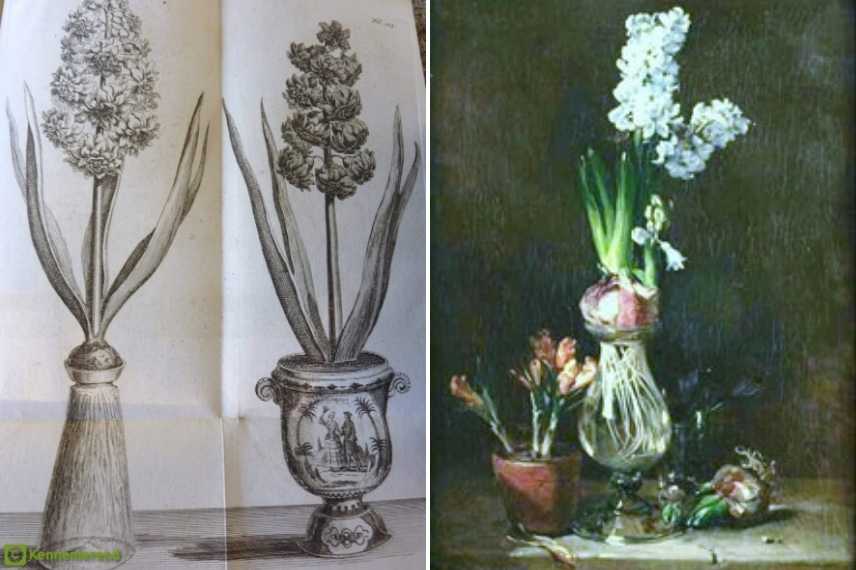
Illustration and painting of forcing in a vase
You may also read
Hyacinth: how to force it and make it flower for Christmas?How to get started?
When to do it?
Ideally in October if you want your hyacinths in flower for Christmas. Until early November, it’s still a good time to force hyacinth bulbs in a vase: you need to allow several weeks between cold treatment and forcing of the root … so if you want to dress your Christmas table with a beautiful centrepiece or decorate your sitting room for the holidays, buy your hyacinth bulbs in September to be ready!
What you need:
The bulbs
Hyacinths declinate into many soft colours (white, pink, red, blue, mauve) that suit Christmas decoration.
Once you have chosen the colour, bulb calibre is what matters most, and determines the density and beauty of the flower spike: for a hyacinth you will generally find calibres of 14/15 (that is to say the bulb has a diameter between 14 and 15 cm). Reserve these small calibres for planting in the ground if you plan to put some in your garden. Forcing in a vase requires a bulb of large calibre: allow a minimum of 15, knowing that extra bulbs are calibre 17/18, or larger, to ensure a good flowering. These bulbs are more expensive, but essential for successful forcing.
Choose bulbs that are well closed to the touch, without any damage.
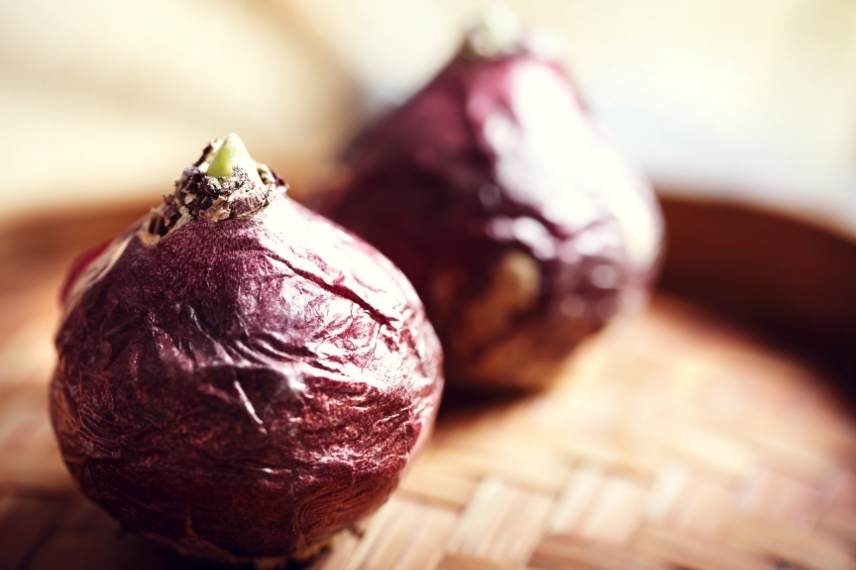
Select large bulbs for forcing in a vase
The container
If you do not own a hyacinth vase, that pretty little retro vase with a narrowed neck that you can find at a flea market (or inherit from your great-aunt!), get a glass container that can support the bulb: some vases or small glass bottles have a narrowed gullet and a flared neck, perfect for holding your hyacinth bulb by its base and allowing the roots to be at the level of the water.
With several hyacinth vases in different colours or shapes, you can have fun creating a very original display!
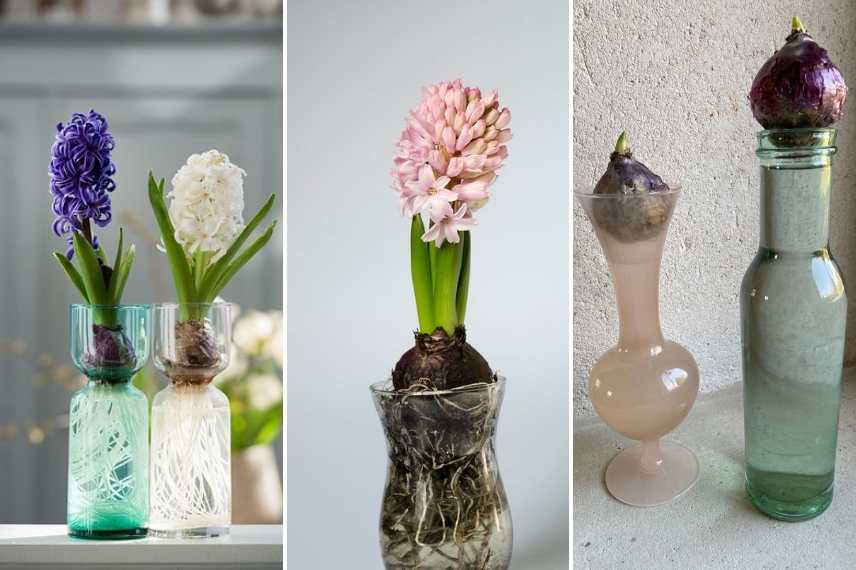
The forcing vase is fitted with a narrowed neck, but you can use any glass container that imitates it
Discover other Hyacinths
View All →Available in 0 sizes
Available in 1 sizes
Available in 0 sizes
Available in 0 sizes
Available in 1 sizes
Available in 1 sizes
Available in 0 sizes
Available in 0 sizes
Available in 1 sizes
Technique in pictures
Forcing requires steps to follow :
– Chilling period : to mimic outdoor conditions essential to growth of shoots and flower stems, store your bulbs for 3 to 6 weeks in your refrigerator. Wrap them lightly in kraft paper, without sealing the bag. Bulbs will be exposed to temperatures of 5 to 9°C, reproducing outdoor cold. This step is obviously unnecessary for bulbs already forced and bought commercially.
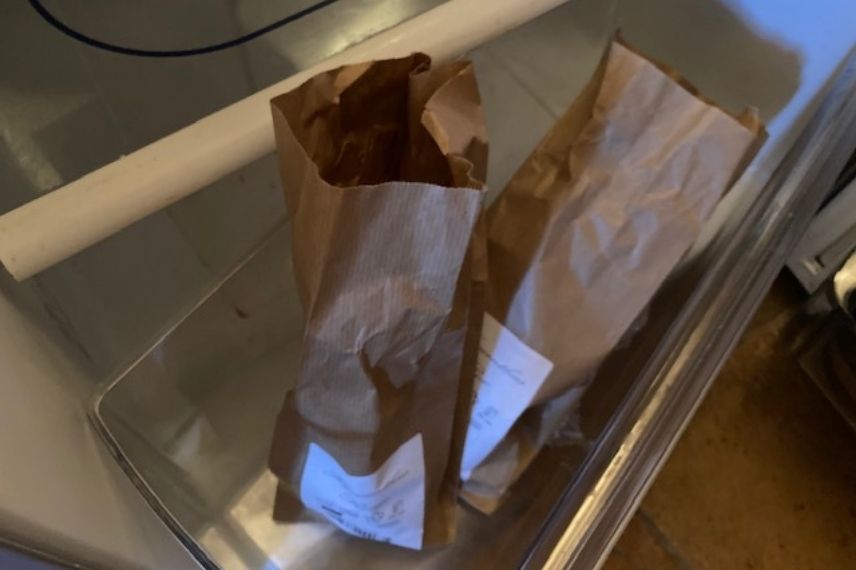
– Placing on the carafe : make sure base of bulb is perfectly clean, free from any impurities, before placing it on carafe. Base of bulb should sit a few millimetres above water level (allow at least one finger between base of bulbs and liquid). Tap water is fine; you can place a small piece of charcoal at bottom to prevent water becoming cloudy.
Position bulb with tip upwards. Above all, do not soak the bulb, or it may rot! Humidity of the air layer thus formed will allow roots to start developing.
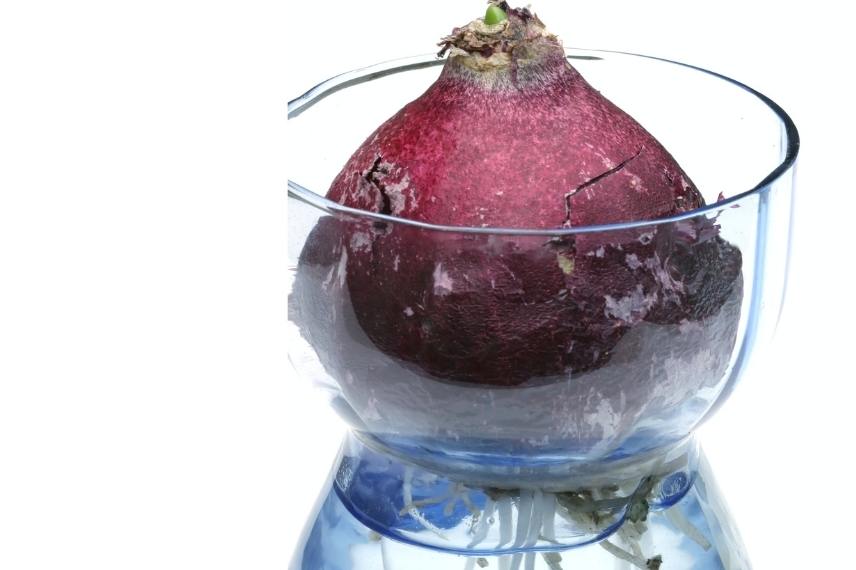
– Storage period : store prepared carafes in complete darkness: a cool room (maximum 10°C) and without light for 4 to 6 weeks. Cool garage, pantry, shed or even a cellar work very well. If cool space has a window, gently cover hyacinths with a dark cloth. Roots form during this period.
– Root growths : check roots, which should develop well in water after a few days. You will need to top up water because roots absorb some. If you chose different hyacinth varieties, they will not develop at the same pace. Watch their development, and also the stem that will start to grow. Once it reaches 5–7 cm, and roots fill half of the vase, you can move on to next step.
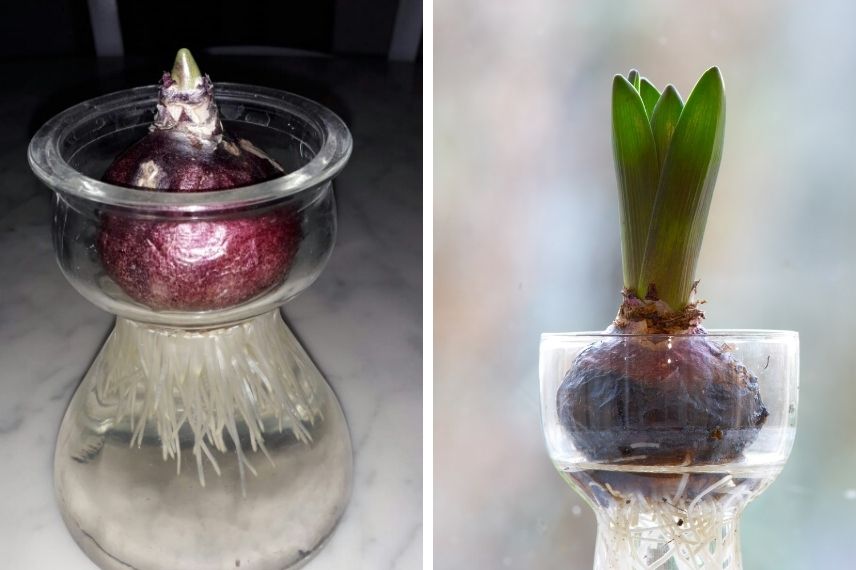
– Move to light and ambient temperature : after this period, place carafe in light in room where you want them to flower. Flowering will occur in around 15 days, faster if temperature is above 20°C. Ideal is to place carafe at 18°C!
Be sure to turn carafes or vases by a quarter turn each day so flower stems grow straight. Add a little water so roots remain covered without touching the bulb.
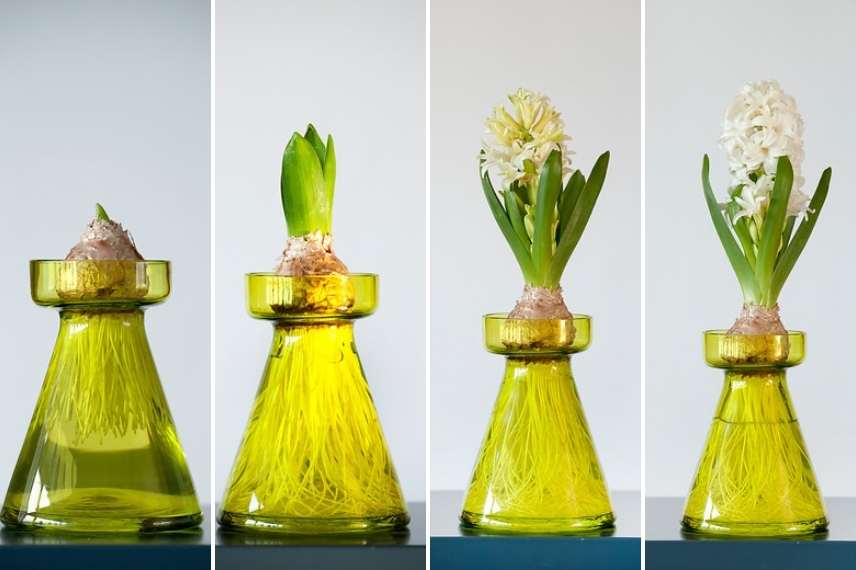
Hyacinths will be in flower for about 2 weeks — enjoy them — before those planted in garden, if lucky enough to have one, flower in March and April!
You may also read
Bulb sizes: how to choose?And afterwards? Replant them or not?
Believe it or not, forced hyacinths do return to flower well in the garden! However, they have bloomed under somewhat extreme, unnatural conditions and therefore need to recover: as with all bulbs, let the hyacinth build up its reserves for the following year by allowing its foliage to yellow completely. Plant them in September or October in the garden, in well-drained, cool soil that does not dry out.
Be patient: the first years after planting in open ground may be disappointing, but the flower spikes will thicken year after year, giving a new lease of life to your lovely Christmas hyacinths!
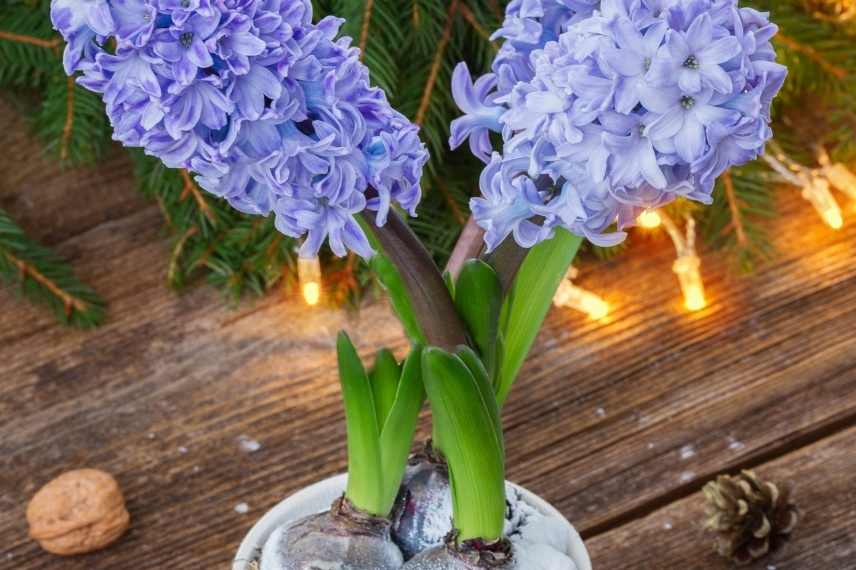
Learn more
- See our care sheet: Planting hyacinths: tips for planting them in the garden or in pots
- Discover ideas for combining hyacinths in the garden, in pots or in bouquets
- Subscribe!
- Contents
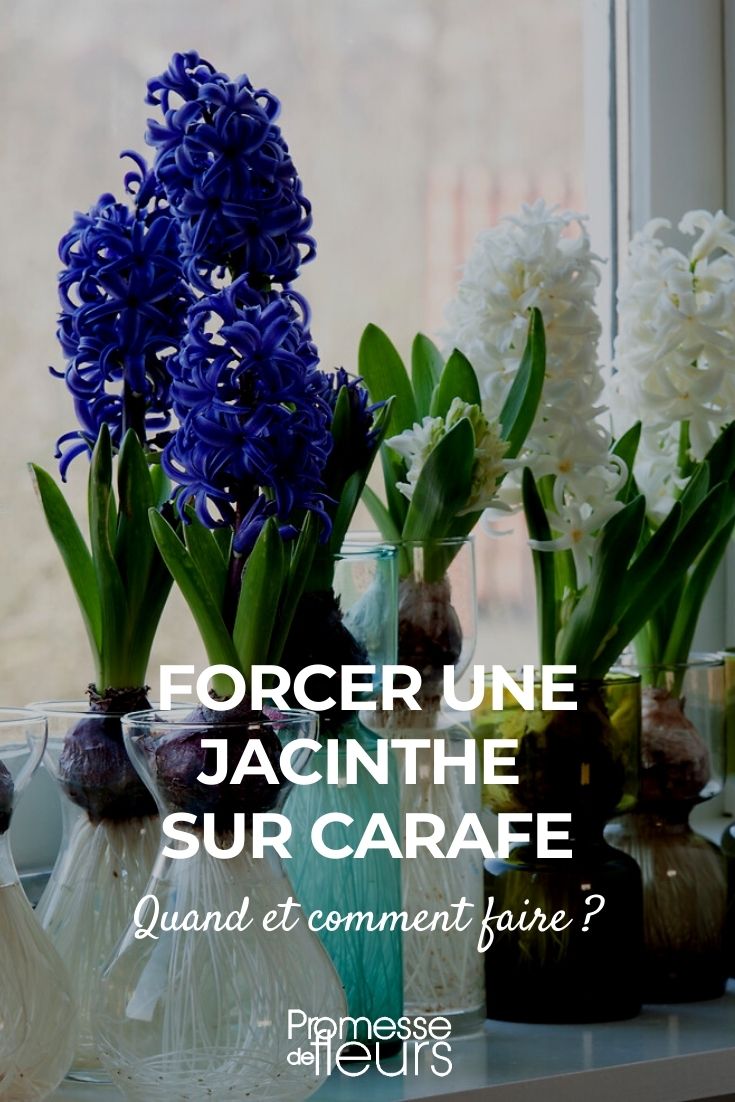































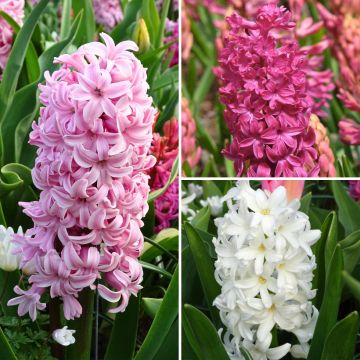
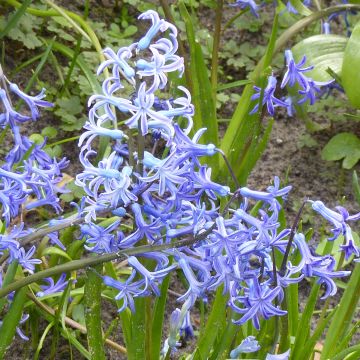
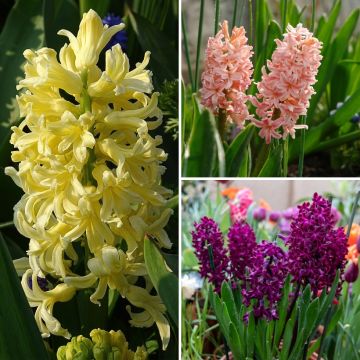
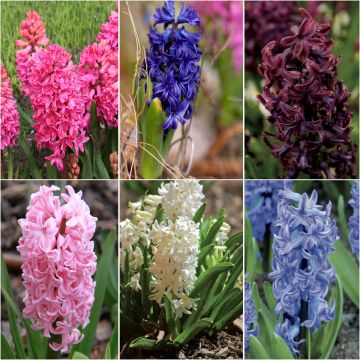

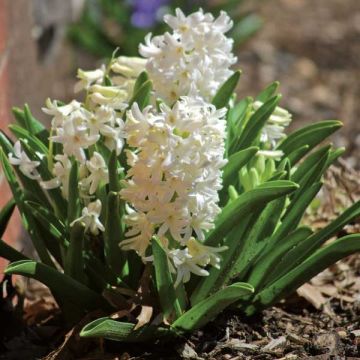
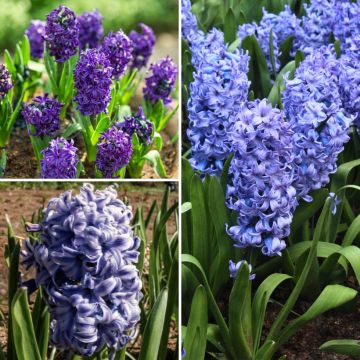
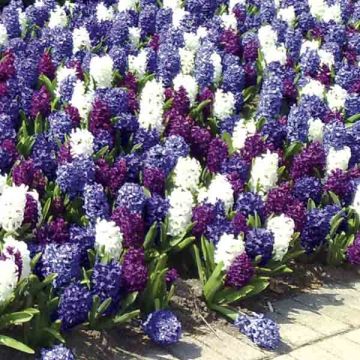
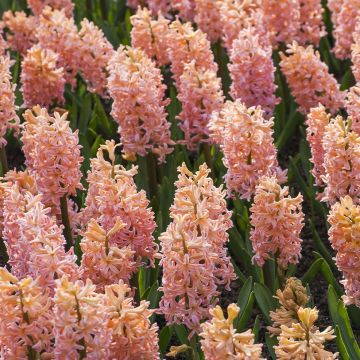
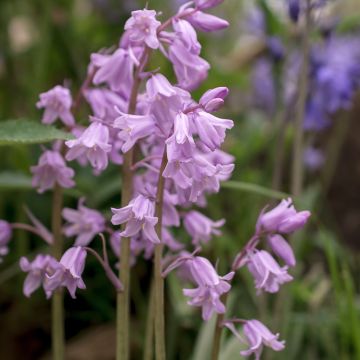
Feedbacks